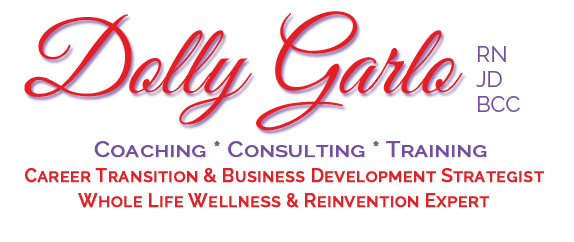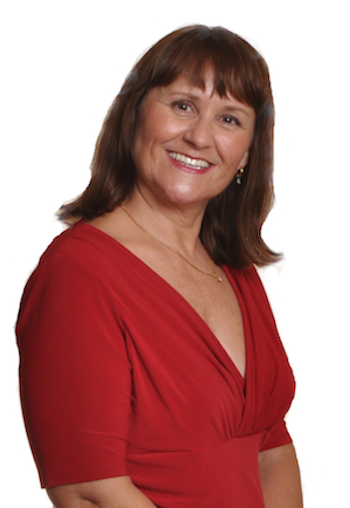Optimism Is Not Optional
It is crucial for us to cultivate optimism at this time in humanity’s evolution on Spaceship Earth. We are creative beings. We also have a built in negativity bias. So if we are going to create the sort of world we truly want, we need to beef up our abilities to be positive and optimize events. If you are at mid-career or later – or generally of a mind to build a better world – this is part of the great work that lies ahead for you. It is the key that allows you to use your influence and impact to do just that… and live with a greater sense of satisfaction.
Optimism is defined as “hopefulness and confidence about the future or the successful outcome of something.” To optimize is to “make the best or most effective use of (a situation, opportunity, or resource.” To do that regularly and reliably takes practice. That practice is mandatory if we actually want to create more good in our lives and our world, and ultimately reach true life satisfaction.

We Create
Humans have evolved to be, to our knowledge, the only beings on the planet who can literally make something from nothing. To take a thought or an idea, give it structure and mass, and make it physically alive in the world. Of course, we also have the ability to take things apart, deconstruct and destroy – in the worlds of both physical mass and intangible thoughts and words.
“Sticks and stones can break my bones…” and thoughts and words can hurt, too. Or they can heal.
Many people think they are not creative because they don’t consider themselves artistic. (I’d argue we’re all both.) But, it is this creative ability that allows each and every one of us to have an idea and make it real. Since it can take a negative form, and we can create harm, keeping that creativity focused on optimization takes hopefulness and confidence if positive and successful outcomes are to result.
Okay, that seems simple enough…
Why Don’t We (Consistently) Do It Then?
Enter the negativity bias, and our triune brain – the automatic part that regulates your heartbeat and breathing and keeps us alive (blue), the ‘reptilian’ center part that houses your feelings and memories (pink), and the outer cortex where conscious and logical thinking and reasoning are done (green).

We “think” our decision making is controlled by our more highly developed outer cortex brain, but it’s not. Decisions arise from that middle feeling section – that place where fear resides is where our decisions arise. Then, we count on our logical, thinking cortex to justify the decision. The process spreads through the rest of our nervous system.
And we can reverse the process.
Our reptilian brain has been with our human species far longer, and it still houses memories of attacks by saber tooth tigers and deep feelings of fear. We add to them not only by actually having some bad experiences in life, but also in how we choose to hold onto them as memories. Mind you, that choice is not conscious, which is why PTSD (post traumatic stress disorder) is a real thing. But we can choose to address the memory of those experiences and feelings and to consciously change the way we process them – and alter how they control our thinking, decisions and actions.

Marketers know this well. Lately, politicians, who are not exercising much optimism, seem to know it, too. And feeding our negativity bias can be persuasive to the point of controlling, because it plays right into how we’re already “wired.” They play to our fears, like this:
“I must have this [thing or product] or I won’t be considered [pretty, smart, popular or successful].”
“I must oppose or fight someone with a different [idea, viewpoint, culture, religion] because otherwise they will [hurt, exploit or otherwise harm] me.”
This unconscious and basically automatic response makes it difficult to find any common ground from which to co-create unless we practice a more positive way of being. Instead, we will individually create more negativity and fear (and destruction), rather than that positive, optimized world we all actually want.
Enter Mandatory Optimism
The need for that practice, is what makes optimism mandatory. It’s also the part you can control in the chaos of the world.
The practice is about quieting those fears and needs that tell us we are not safe or not good enough. It is about CHOOSING to override bad memories with better feelings. Experiences happened in the past. We keep them alive – bad or good – by revisiting them. We have had some good experiences in life, so drawing on them instead, dwelling on them and then creating more of THEM, is the practice. And it takes active, conscious attention or the negativity bias will take over.
An easy practice is to remember those good experiences, until we actually re-create the good feelings we had when we experienced them the first time. And to do that, especially when negativity creeps in – in any form.
If those positive experiences are hard to conjure up, then use gratitude.

Use Gratitude And Appreciation
Think of something you are grateful for now. That brings you into the present for starters. If it’s a particularly bad day, gratitude for having enough air to breathe may be the place to start. Ponder the wonder of the universe for a minute, and drink in that sense of awe.
Who and what do you love? What would you prefer to see more of in the world? Any start is a good one, because you can then ask yourself “what else?” Your outer cortex brain is ‘wired’ to find answers – your job is to come up with the best questions.
In this case, the questions simply need to lead to feeling good, then feeling better, then finding what’s positive and building on that. Because if you focus on the problem, or the negative, you will just create more of that. It’s not so much a matter of “attraction,” but of what you notice and then create more of. YOU do that – outside forces do not magnetically bring it to you. It’s what you see and make more of, internally and then externally. That’s how your nervous system works. (Most of the time, that system is simply too nervous.)
This does really work, if you work it! That’s the practice. That’s your work in the world – no matter however else your work or career manifests.
Calm down that otherwise nervous system, create some appreciation, and then some more. Because that is what optimism is all about: consciously deciding what you want to create more of from a place of hope and confidence. When you’ve reached a point of mastery in your life – you have some expertise to share and some experience to build on – your great work becomes using who you are to influence and impact the world by creating more of what is important to you, and more of what you want this world to be.
As you practice, you may decide that the work you want to be doing in the world is something different than what you’re engaged in now.
If you are ready to shift your work and your life in a different direction, and want help transitioning into something new and more optimistically creative, let me know. That’s the work I do, and I can help you get there.


